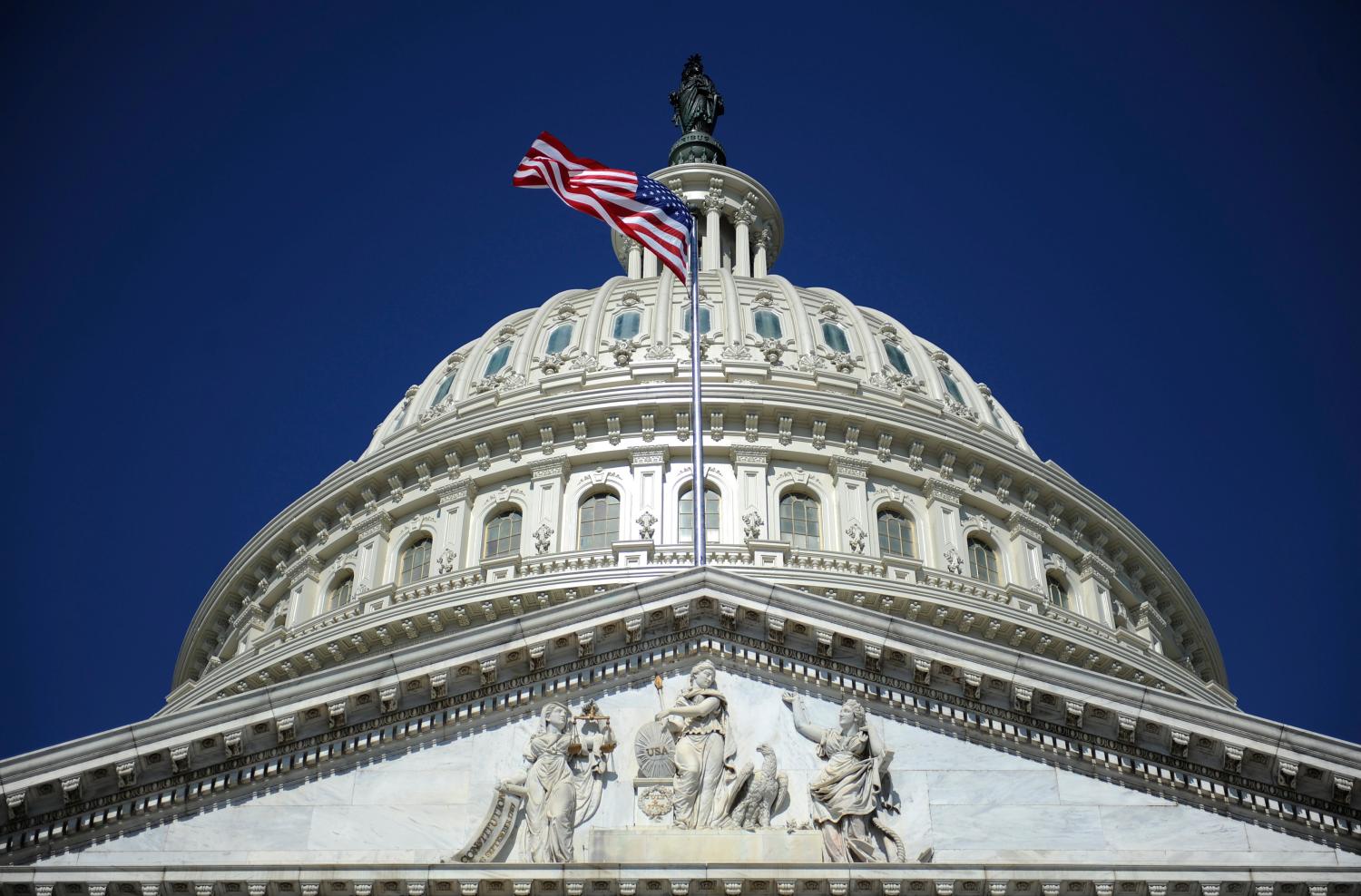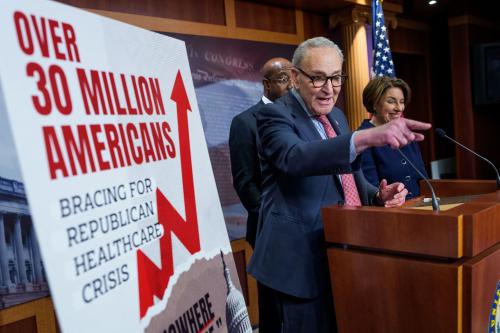Editor’s Note: This piece asks whether the ‘discharge petition’ is a way to end the budget crisis and government shutdown? Here Molly Jackman argues that it could be an effective, though difficult path forward. For an alternative perspective, see our colleague
Sarah Binder’s recent post in Washington Post’s Monkey Cage Blog
.
According to the latest count, 20 Republicans would vote in favor of a clean continuing resolution (CR). With the 200 House Democrats, then, there are enough votes to put an end to the shutdown. But that requires that the clean CR receives a vote, and this requirement is easier said than done. Speaker Boehner has, once again, invoked the Hastert Rule, under which no bill comes to a vote without the support of the majority of the majority party. Hastert himself has said that his “rule” never existed – it is just an informal norm. And, in fact, there is a real rule that would allow the chamber majority to bring a continuing resolution to a vote: the discharge procedure. So what will win in the end – the fake Hastert Rule, or the real discharge rule?
One problem with the discharge rule is that it is really cumbersome and a bit arcane. The discharge process has been batted around in media circles over the past week, so it’s key to walk through the procedure.
The discharge process begins with a petition filed no sooner than 30 days after the bill was referred to committee. That petition would require 218 signatures– not an implausible goal to meet in the case of the current CR. If the number of signatories passes this threshold, the petition is placed on the Discharge Calendar, where it waits for at least 7 days. At that point, it becomes privileged business on the second and fourth Mondays of the month (except during the last 6 days of the session). Any member who signed the petition can be recognized to offer the discharge motion. When the motion is called up, debate is limited to 20 minutes, divided evenly between the proponents and opponents. If the motion is rejected, the bill is not eligible for discharge again during that session and is returned to committee. If adopted, any member who signed the discharge petition can motion to call up the bill for immediate consideration. At that point, the bill becomes the business of the House, and an affirmative vote of the majority leads to its adoption. If the motion for immediate consideration fails, the bill is assigned to the appropriate calendar, and takes on the same status as any bill reported from committee. Put simply, the process of bringing a bill to the floor without the leadership’s support is not only complex, but a real pain. Hastert Rule one, discharge rule zero.
In a recent paper, I also noted the political costs associated with invoking the discharge rule. Since 1993, all signatures to discharge petitions are made public. This means that majority party members not only have to be willing to defy their leadership, they also have to be willing to do so publicly. In the same paper, I describe the dynamic between the moderate Republicans (who want a floor vote) and the leadership (who don’t) as a game of chicken. If the discharge petition is a credible threat against the leadership’s attempts to block a bill, it will be the first to swerve, since the successful discharge of a bill would be embarrassing to the party and a threat to its “brand name.” Given these political barriers associated with initiating or signing a discharge petition in the House today, the rule is not a credible threat, giving the leadership the advantage. It would take some real gutsy Republicans – who have a lot to personally gain from ending the shutdown — to make this move.
So, is it possible that the discharge rule could be used to override the Hastert Rule and end the shutdown? Absolutely. Is it likely? Probably not. However, each day that passes with the government shutdown is another day closer to government default. If, despite these severe consequences, the Hastert Rule continues to prevail, moderate Republicans would do well to keep in mind that they have another option.
The Brookings Institution is committed to quality, independence, and impact.
We are supported by a diverse array of funders. In line with our values and policies, each Brookings publication represents the sole views of its author(s).




Commentary
Shutting Down the Government Shutdown: The Discharge Petition in the House
October 4, 2013